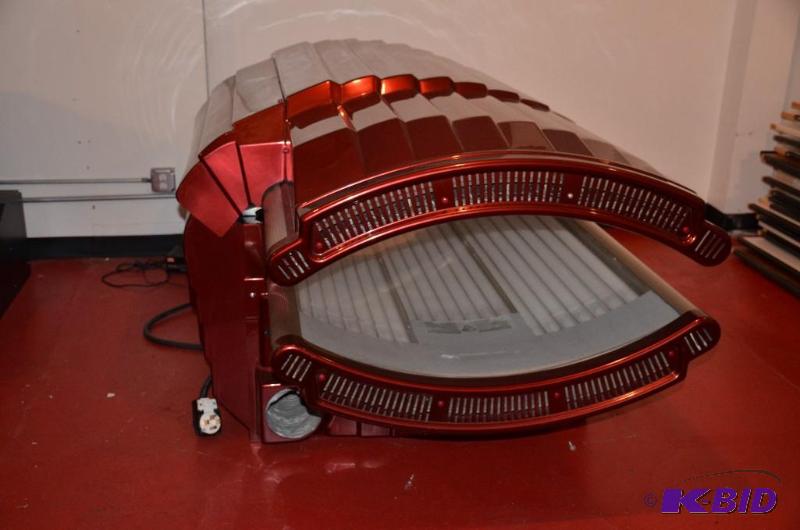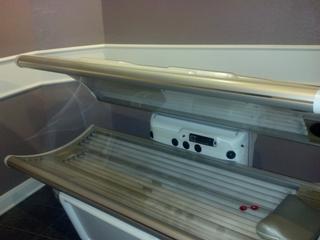

states and one territory have banned under-18s from using them, and at least 42 states and the District of Columbia have imposed regulations, such as requiring parental consent. The commercial use of tanning beds was banned entirely in Brazil in 2009 and Australia in 2015. From 1997 several countries and US states banned under-18s from indoor tanning. In the United Kingdom, 5,350 tanning salons were in operation in 2009. As of 2010 the indoor-tanning industry employed 160,000 in the United States, where 10–30 million tanners visit 25,000 indoor facilities annually. Īcross Australia, Canada, Northern Europe and the United States, 18.2% of adults, 45.2% of university students, and 22% of adolescents had tanned indoors in the previous year, according to studies in 2007–2012.

Most indoor tanners are women, 16–25 years old, who want to improve their appearance or mood, acquire a pre-holiday tan, or treat a skin condition. The practice finds a cultural parallel in skin whitening in Asian countries, and both support multibillion-dollar industries. Vertical devices are known as tanning booths or stand-up sunbeds.įirst introduced in the 1960s, indoor tanning became popular with people in the Western world, particularly in Scandinavia, in the late 1970s. Typically found in tanning salons, gyms, spas, hotels, and sporting facilities, and less often in private residences, the most common device is a horizontal tanning bed, also known as a sunbed or solarium.

Indoor tanning involves using a device that emits ultraviolet radiation to produce a cosmetic tan. Tanning using an artificial source of ultraviolet light Horizontal low-pressure tanning bed


 0 kommentar(er)
0 kommentar(er)
